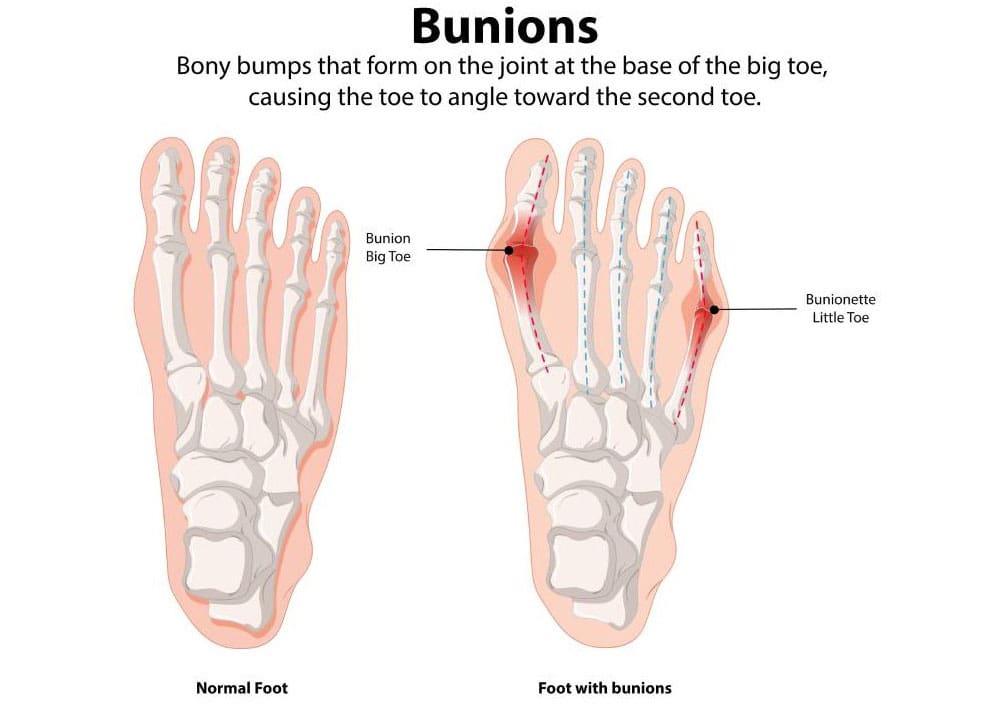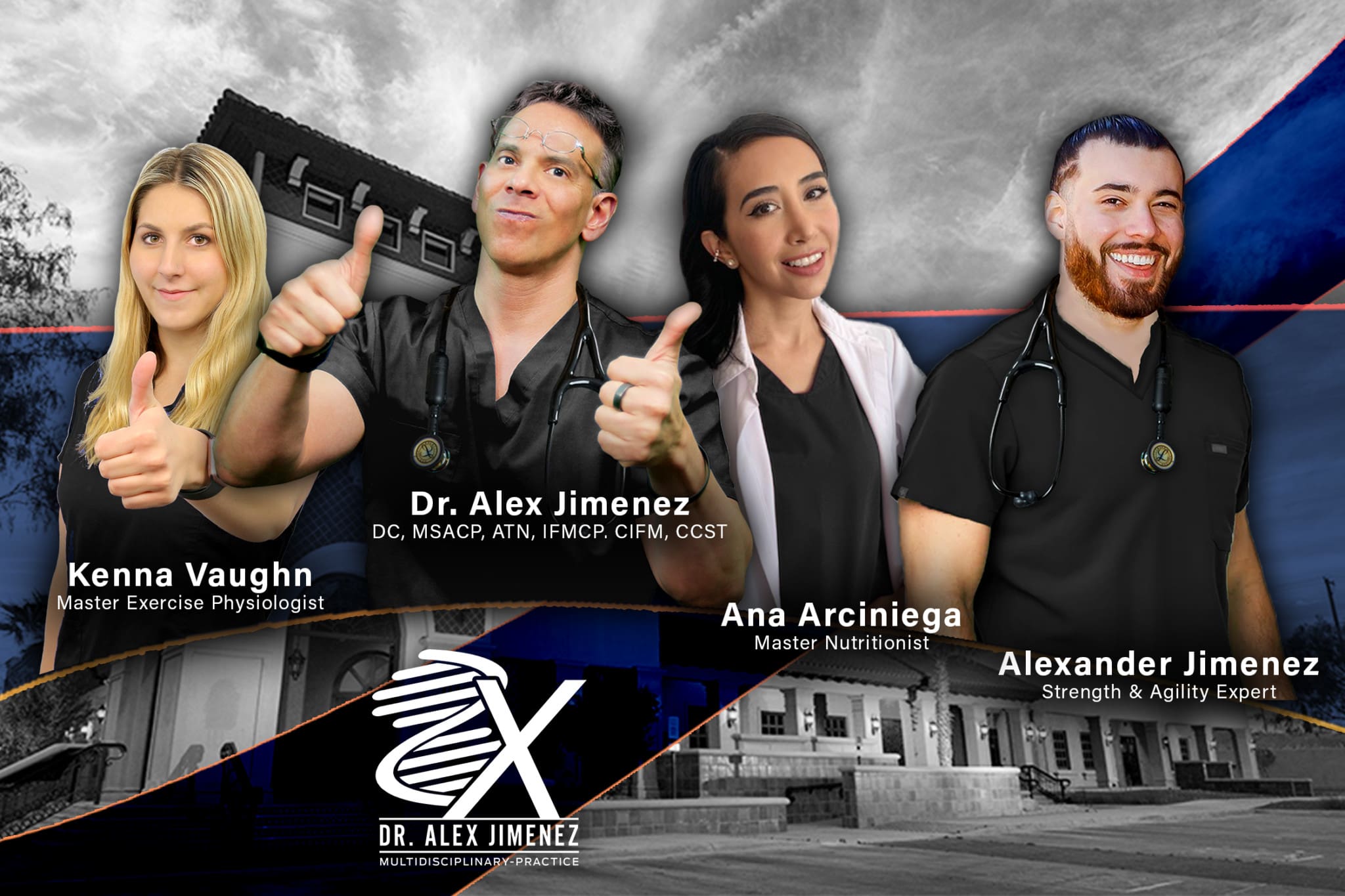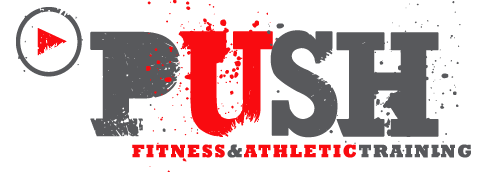What are the potential strategies for addressing the initial symptoms of bunions?

Bunions
A bunion, or hallux valgus, is a bony and frequently painful protrusion on the lateral aspect of the big toe. The predominant cause of bunions is the misalignment of the big toe, known as the hallux. Initial indications of bunions encompass erythema, hyperkeratosis, edema, and sensitivity surrounding the metatarsophalangeal joint of the hallux. While we cannot reverse the progression of a bunion, we can manage its symptoms throughout the process. The initial indicators of bunions encompass pain management techniques and diverse therapy alternatives. (MedlinePlus, 2024)
Initial Visual Indicators
Initially, bunions are small and do not cause many apparent problems. The symptoms of a bunion may be observed in the vicinity of the metatarsophalangeal (MTP) joint, which connects the base of the big toe to the remainder of the foot, during the early stages of the condition. (American Academy of Orthopaedic Surgeons, 2022)
- Redness
- The patient presents with swelling and skin discoloration.
- Hard skin that has thickened
- There is a bone lump.
- Prominence where the big toe slides toward or under the second toe
- Calluses and corns
Early Physical Symptoms
Bunions may not be immediately apparent. However, they can induce discomfort even in their initial stages. Here are initial physical indicators of an advancing bunion. (MedlinePlus, 2024)
- Pain in the foot and big toe
- When wearing tight, narrow-toed shoes or walking, this soreness is more apparent.
- Decreased movement of the big toe
- Tenderness
- Inflammation
- Swelling
- Stiffness
- Heat
Stages
Bunions often worsen over time, a condition known as progression. You could end up with problems if you don’t stop your bunions from getting worse. In their later stages, bunions can cause the following signs and symptoms: (American Academy of Orthopaedic Surgeons, 2022)
- Extreme, persistent discomfort in the metatarsophalangeal joint (MTP) and throughout the foot.
- A bursa, a sac filled with fluid, can develop near the base of your big toe due to bursitis.
- Your big toe flexes toward and sometimes even crosses over your little toe
- Excessive bony expansion on the side of the big toe
- Discomfort in wearing your usual footwear
- Struggling to walk
- A hammer toe is a deformity in which the middle toes of the affected foot flex upwards, giving the foot a claw or hammer shape.
- Hallux rigidus is the medical term for arthritis of the big toe.
End the Continuation
As soon as bunions start to form, they tend to remain that way. However, there are steps you can take to stop them from escalating or intensifying the current issues. These are some (American Academy of Orthopaedic Surgeons, 2022)
- Preventing the use of high platforms and ill-fitting shoes
- Wearing low-heeled shoes and/or broad, comfortable, soft-soled, and orthopedic footwear
- Using spacers between your toenails to prevent chafing and rubbing
- Utilizing over-the-counter (OTC) cushions composed of silicone, foam, or felt to conceal the bunion
- Enhancing joint alignment by stretching your calf muscles
Dealing with Pain
Anti-inflammatory drugs (NSAIDs), like Advil or Motrin (ibuprofen), and ice packs can help ease the pain of a bunion. Studies have also shown that injecting Botox into the muscles in the feet may help alleviate pain. (Hurn, S. E., et al., 2022)
Early Stages of Nonsurgical Treatment
You may require treatment from a podiatrist (foot specialist) or another healthcare provider if your bunions continue to worsen despite the self-care measures you have taken. A healthcare provider may suggest
Foot Orthoses, also called Orthotics
- Orthoses, also known as foot orthoses, are carefully crafted inserts that prevent chafing and alleviate the pain associated with bunions.
Splints
- A bunion splint is an orthotic device that helps straighten your toes, typically worn at night to provide relief from bunion pain. (Aebischer, A. S., & Duff, S. 2020)
Physical Therapy
- A physical therapist can help you by giving you exercises that will help your feet and joints move more smoothly. To help with pain, they may also use manual treatment. (Hurn, S. E., et al., 2022)
Podiatrist
A podiatrist is a type of medical doctor (M.D.) who specializes in treating problems with the feet, knees, and lower legs. Talk to your doctor about seeing a podiatrist if you need help dealing with the signs of your bunion. (American Podiatric Medical Association, 2025)
Chiropractic Treatment
A chiropractor and nurse practitioner (NP) can play complementary roles in managing bunions for athletes or those involved in sports, addressing both symptoms and underlying biomechanical issues. Here’s how each can help:
Chiropractor:
- Biomechanical Assessment and Correction: Chiropractors can evaluate foot mechanics, gait, and lower body alignment, as bunions are often linked to improper foot function or overpronation. They may identify issues such as flat feet or ankle instability that can exacerbate bunions.
- Adjustments: Spinal or extremity adjustments (e.g., to the foot, ankle, or pelvis) can help improve alignment and reduce stress on the foot, potentially slowing the progression of bunions.
- Soft Tissue Therapy: Techniques such as myofascial release or massage can alleviate pain in the foot and surrounding areas by reducing muscle tension and improving blood circulation.
- Custom Orthotics: Chiropractors may recommend or provide custom orthotic inserts to support proper foot alignment, redistribute pressure, and reduce strain on the bunion during sports activities.
- Exercise and Stretching: They can prescribe specific exercises to strengthen foot muscles (e.g., toe curls, arch strengthening) and improve flexibility, which can help stabilize the foot and reduce discomfort.
Nurse Practitioner:
- Medical Evaluation and Diagnosis: NPs can assess the severity of the bunion, check for complications (e.g., bursitis, arthritis), and rule out other conditions (e.g., gout, fractures) that may mimic bunion symptoms.
- Pain Management: They can prescribe or recommend anti-inflammatory medications (e.g., ibuprofen) or corticosteroid injections for acute pain or inflammation, which is especially helpful for athletes needing quick relief to stay active.
- Wound Care and Infection Prevention: If the bunion causes skin irritation, blisters, or calluses from sports footwear, NPs can provide guidance on wound care or treat infections, ensuring athletes avoid downtime.
- Referral Coordination: NPs can refer patients to podiatrists or orthopedic surgeons if the bunion requires advanced interventions, such as surgery, and they can coordinate care for holistic management.
- Lifestyle and Preventive Advice: NPs can educate athletes on proper footwear (e.g., wide-toe-box shoes), weight management to reduce foot stress, and strategies to prevent bunion worsening.
Collaborative Approach:
- A chiropractor and an NP can collaborate to create a comprehensive treatment plan. For example, the chiropractor addresses biomechanical issues and provides non-invasive therapies, while the NP manages pain, monitors for complications, and oversees medical needs.
- For athletes, interventions can be tailored to maintain performance, such as recommending sport-specific shoes, taping techniques, or modified training schedules to reduce stress on the bunion.
- They may also advise when to rest or modify activities to prevent further damage, ensuring the athlete can return to their sport safely and effectively.
Limitations:
- Neither can perform bunion surgery (typically done by a podiatrist or orthopedic surgeon), but they can help manage symptoms conservatively and delay or avoid the need for surgery.
- Severe bunions causing significant deformity or pain may require specialist intervention beyond their scope.
Practical Steps for Athletes:
- Consult Both Professionals: See a chiropractor for a biomechanical assessment and a nurse practitioner (NP) for a medical evaluation.
- Footwear: Use wide, supportive athletic shoes with orthotics as recommended.
- Pain Relief: Follow the NP’s guidance on medications or ice therapy after activity.
- Strengthening: Do foot exercises prescribed by the chiropractor to improve stability.
- Monitor Progress: Conduct regular check-ins with both parties to adjust the plan as needed.
Injury Medical Chiropractic and Functional Medicine Clinic
Dr. Jimenez, a nurse practitioner, utilizes chiropractic care in conjunction with medical expertise to address a wide range of conditions. The clinic offers personalized care programs that combine functional medicine, acupuncture, electroacupuncture, and sports medicine. The clinic emphasizes the importance of agility, flexibility, and strength in treating chronic pain syndromes and injuries. Individualized wellness outcomes and treatment plans are guaranteed for patients of all ages and abilities through the implementation of comprehensive care plans, as well as in-person and virtual health coaching.
Enhance Your Performance with Functional Foot Orthotics
References
Post Disclaimer *
Professional Scope of Practice *
The information herein on "Bunions and Their Impact on Foot Health" is not intended to replace a one-on-one relationship with a qualified health care professional or licensed physician and is not medical advice. We encourage you to make healthcare decisions based on your research and partnership with a qualified healthcare professional.
Blog Information & Scope Discussions
Welcome to El Paso's Premier Wellness and Injury Care Clinic & wellness blog, where Dr. Alex Jimenez, DC, FNP-C, a board-certified Family Practice Nurse Practitioner (FNP-C) and Chiropractor (DC), presents insights on how our team is dedicated to holistic healing and personalized care. Our practice aligns with evidence-based treatment protocols inspired by integrative medicine principles, similar to those found on dralexjimenez.com, focusing on restoring health naturally for patients of all ages.
Our areas of chiropractic practice include Wellness & Nutrition, Chronic Pain, Personal Injury, Auto Accident Care, Work Injuries, Back Injury, Low Back Pain, Neck Pain, Migraine Headaches, Sports Injuries, Severe Sciatica, Scoliosis, Complex Herniated Discs, Fibromyalgia, Chronic Pain, Complex Injuries, Stress Management, Functional Medicine Treatments, and in-scope care protocols.
Our information scope is limited to chiropractic, musculoskeletal, physical medicine, wellness, contributing etiological viscerosomatic disturbances within clinical presentations, associated somato-visceral reflex clinical dynamics, subluxation complexes, sensitive health issues, and functional medicine articles, topics, and discussions.
We provide and present clinical collaboration with specialists from various disciplines. Each specialist is governed by their professional scope of practice and their jurisdiction of licensure. We use functional health & wellness protocols to treat and support care for the injuries or disorders of the musculoskeletal system.
Our videos, posts, topics, subjects, and insights cover clinical matters and issues that relate to and directly or indirectly support our clinical scope of practice.*
Our office has made a reasonable effort to provide supportive citations and has identified relevant research studies that support our posts. We provide copies of supporting research studies available to regulatory boards and the public upon request.
We understand that we cover matters that require an additional explanation of how they may assist in a particular care plan or treatment protocol; therefore, to discuss the subject matter above further, please feel free to ask Dr. Alex Jimenez, DC, APRN, FNP-BC, or contact us at 915-850-0900.
We are here to help you and your family.
Blessings
Dr. Alex Jimenez DC, MSACP, APRN, FNP-BC*, CCST, IFMCP, CFMP, ATN
email: coach@elpasofunctionalmedicine.com
Licensed as a Doctor of Chiropractic (DC) in Texas & New Mexico*
Texas DC License # TX5807
New Mexico DC License # NM-DC2182
Licensed as a Registered Nurse (RN*) in Texas & Multistate
Texas RN License # 1191402
ANCC FNP-BC: Board Certified Nurse Practitioner*
Compact Status: Multi-State License: Authorized to Practice in 40 States*
Graduate with Honors: ICHS: MSN-FNP (Family Nurse Practitioner Program)
Degree Granted. Master's in Family Practice MSN Diploma (Cum Laude)
Dr. Alex Jimenez, DC, APRN, FNP-BC*, CFMP, IFMCP, ATN, CCST
My Digital Business Card



